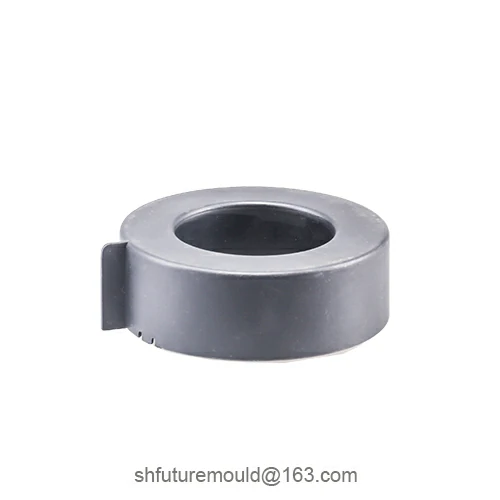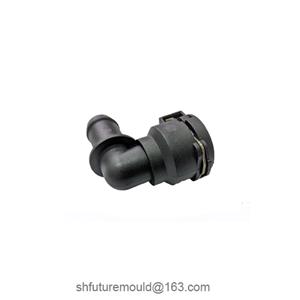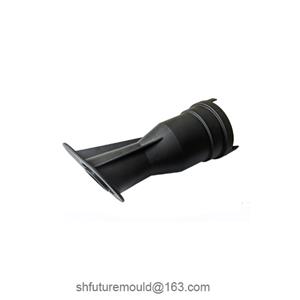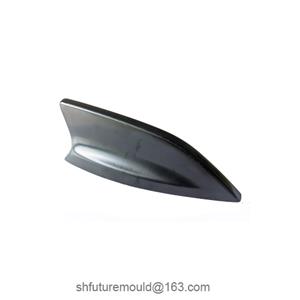How to Determine the Position of Guide Pillar Holes in Molds
As the core component of the mold guiding system, the rationality of the position and dimensions of guide pillar holes directly affects the mold's clamping accuracy, service life, and production efficiency.
1. Basic Design Principles for Guide Pillar Holes
1.1 Precision Priority Principle
The position of guide pillar holes must ensure a concentricity error ≤ 0.02mm during the clamping of the upper and lower molds to avoid mold wear or product flash caused by misalignment.
1.2 Symmetrical Layout Principle
Guide pillar holes should be symmetrically distributed based on the mold centerline or parting surface to prevent unbalanced torque during clamping. For asymmetric molds, the optimal layout should be determined through torque balance calculations.
1.3 Process Feasibility Principle
Hole positions must avoid interference with ejector pins, cooling channels, and other critical structures. Sufficient wall thickness (generally ≥15mm) should be reserved to prevent machining deformation. For complex molds, stepped holes or non-circular hole designs may be employed.
2. Methods for Determining Guide Pillar Hole Positions
2.1 Datum Selection
Use the mold centerline as the datum to locate hole coordinates (X, Y) via coordinate mapping.
When using the parting surface as the datum, account for differences in plate thickness affecting positioning accuracy.
For multi-plate molds (e.g., three-plate molds), establish independent positioning datums on each plate.
2.2 Geometric Positioning Methods
Three-point positioning method: Two guide pillar holes are placed diagonally, with a third hole serving as an anti-rotation lock.
For circular molds, distribute holes evenly at 120° intervals around the circumference.
For molds with an aspect ratio ≥2:1, increase the number of guide pillar holes (e.g., a six-hole layout).
2.3 Dynamic Simulation Validation
Use software like Moldflow to simulate mold-closing motions and verify whether the hole positions cause template deformation or mechanical interference.
3. Specifications for Determining Guide Pillar Hole Dimensions
3.1 Depth Determination
The depth of guide pillar holes should satisfy the following:
L=Guide Bush Length+3–5mm (Guidance Allowance)+2mm (Safety Margin)
For three-plate molds, the middle plate’s guide pillar holes should be 10–15mm longer than those in the upper and lower plates to ensure priority reset functionality.
3.2 Clearance Control
Single-sided clearance between guide pillars and guide bushes:
Precision molds: 0.01–0.02mm
Standard molds: 0.03–0.05mm
Large die-casting molds: 0.08–0.12mm (accounting for thermal expansion).
- Injection Mold
- Automotive Injection Mold
- Electronics & Electrical Injection Mold
- Consumer Goods Injection Mold
- Airplane Components Injection Mold
- Medical Components Injection Mold
- Irrigation Components Injection Mold
- Injection Molds




